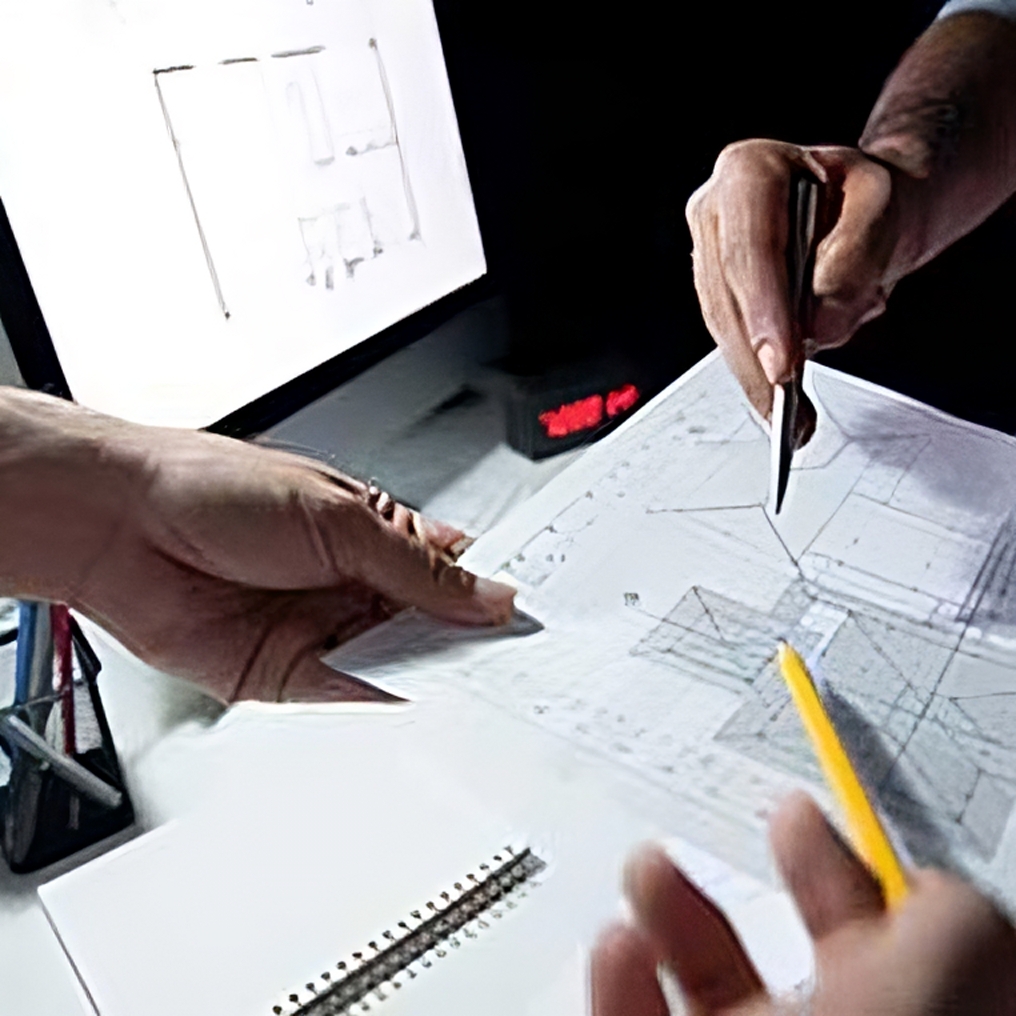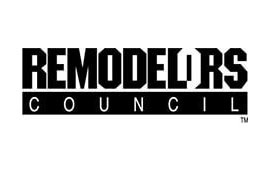At Reliable Design-Build-Remodel, we’ve helped many Birmingham homeowners navigate the sometimes confusing world of home maintenance and repair. Two of the most commonly misunderstood issues we come across are termite damage vs wood rot. Both can compromise the structural integrity of your home, but they’re caused by very different problems and require unique solutions. If you’ve spotted deteriorating wood in your home and aren’t sure what’s behind it, don’t worry—we’re here to help you tell the difference and guide you on what steps to take next.

How to Tell the Difference Between Termite Damage and Wood Rot?
The first step in addressing a wood issue is identifying the cause. Termite damage and wood rot often look similar on the surface but are caused by different agents—termites versus moisture-related fungal decay. Termite damage is the result of insects eating wood from the inside out, while wood rot is caused by prolonged exposure to moisture, leading to fungal growth that breaks down the wood fibers. One quick clue? Tap the area. Termite-damaged wood often sounds hollow due to internal tunneling, whereas wood rot typically affects the outer layer and feels soft or crumbly to the touch. Also, termite damage often has a pattern of tunnels or galleries, while wood rot presents more as spongy or discolored areas.
What Does Wood Damaged by Termites Look Like?
Wood affected by termites often looks deceptively normal on the outside, but once you take a closer look, the signs become clearer. Termite-damaged wood often has small holes, grooves, or channels that look like it’s been etched or carved. If you remove the surface layer or poke at the wood, you may reveal a honeycomb of tunnels just beneath. Termites eat the wood’s softer, cellulose-rich parts, leaving behind thin layers that may eventually collapse. Mud tubes along walls or foundations are another common indicator of subterranean termites. These pencil-sized tunnels protect termites as they travel and are a key giveaway for infestation.
How Can I Tell if It’s Old Termite Damage?
Discovering damage doesn’t necessarily mean termites are still active. So how do you know if it’s old damage or a current problem? Old termite damage often appears dry, brittle, and darkened. You won’t see fresh mud tunnels or live insects nearby. The wood might be splintered or flaky, but there won’t be any moisture or new debris. In contrast, active infestations often involve moist-looking mud tubes, a musty odor, or even visible worker termites if you disturb the site. If you’re unsure, we always recommend having a licensed pest inspector or contractor (like us!) assess the area to determine whether treatment is needed or if it’s just a matter of repairing past damage.

Does Insurance Cover Termite Damage?
This is one of the most frequent—and frustrating—questions we receive. Unfortunately, most homeowner’s insurance policies do not cover termite damage. That’s because termite infestation is considered a preventable maintenance issue rather than a sudden or accidental event. It’s similar to how policies usually don’t cover mold or gradual water leaks. That said, some rare policies or add-ons may offer limited coverage. The best defense? Regular inspections, good home ventilation, and prompt attention to moisture issues. If you’re unsure about your coverage, it’s worth speaking to your insurance provider to get a clear understanding.
What Does Wood Rot Damage Look Like?
Wood rot, unlike termite damage, usually shows more visible signs on the surface. You might notice discoloration, flaking paint, and a musty smell in affected areas. As the fungus breaks down the wood’s structure, it becomes soft, sponge-like, and sometimes stringy or crumbly. In some cases, you’ll even see fungal growth—like dark spotting or white patches. The affected wood may feel damp or cold to the touch, and paint or finishes might be bubbling or peeling. It’s commonly found around windows, doors, basements, and anywhere wood is exposed to ongoing moisture. Proper ventilation and sealing are key to preventing wood rot before it begins.
What Can Be Mistaken for Termite Damage?
Several issues can mimic the appearance of termite damage, which is why misdiagnosis is so common. Wood rot, carpenter ant tunnels, water damage, and even normal aging of wood can all resemble termite activity to the untrained eye. Carpenter ants, for instance, also burrow into wood—but they don’t eat it. Their tunnels tend to be smoother and cleaner than termite galleries. Water damage can also leave wood soft, warped, or discolored, just like rot or infestation. Even natural wood grain or knotholes can be confusing in some cases. That’s why it’s always a smart move to consult professionals who know what to look for—we’ve seen it all and can help you identify the root of the issue quickly and accurately.

At Reliable Design-Build-Remodel, we understand how stressful it can be to find damaged wood in your home. Whether you’re dealing with termite damage vs wood rot, we’re here to guide you through both the repair process and prevention measures of being able to see whether a problem is termite damage vs wood rot. We’re proud to serve homeowners in Birmingham and surrounding areas with honesty, craftsmanship, and care.
Reliable Design-Build-Remodel is a full service general construction firm and remodeling contractor operating in the Birmingham metro and Jefferson and Shelby County areas and surrounding communities, including Birmingham, Helena, Chelsea, Mountain Brook, Hoover, Homewood, Montevallo, Alabaster, Vestavia Hills, and Pelham, with over 30 years of servicing our valued clients. Offering full service suite of general remodeling, design and build services. Our specialties include bathroom remodeling, kitchen remodeling, exterior renovations, interior renovations, painting, and more!
Visit us at reliablerem.com, and like and follow us on Facebook and Instagram!















